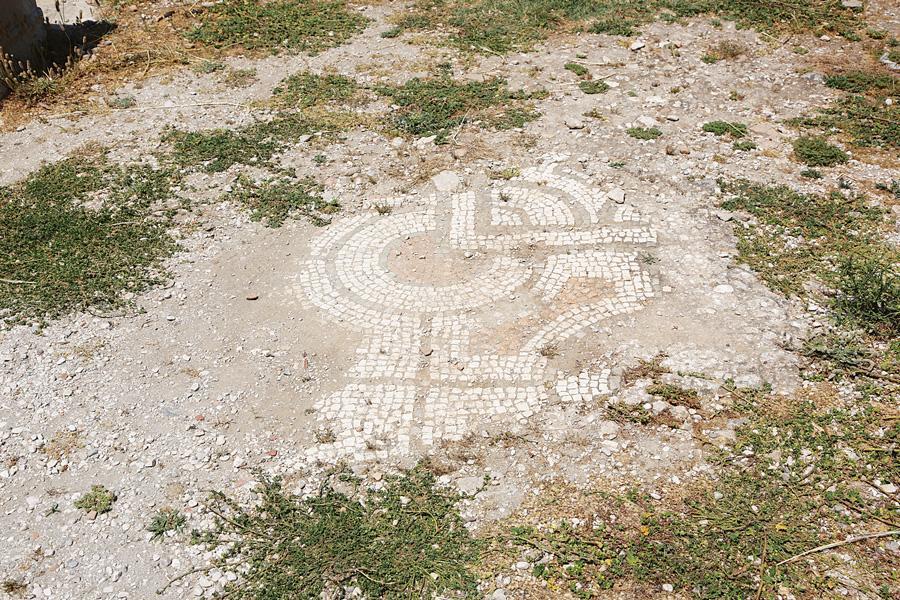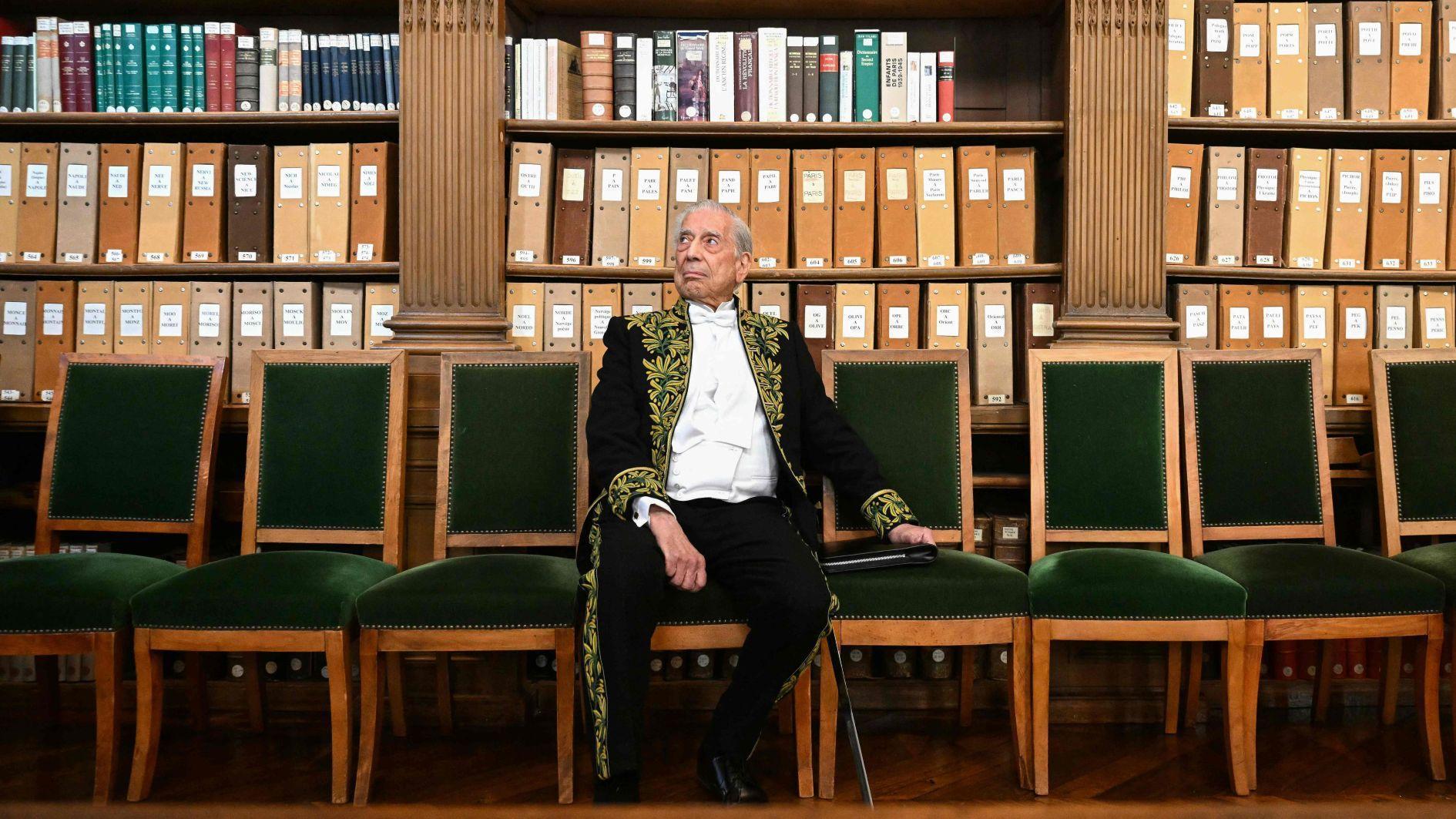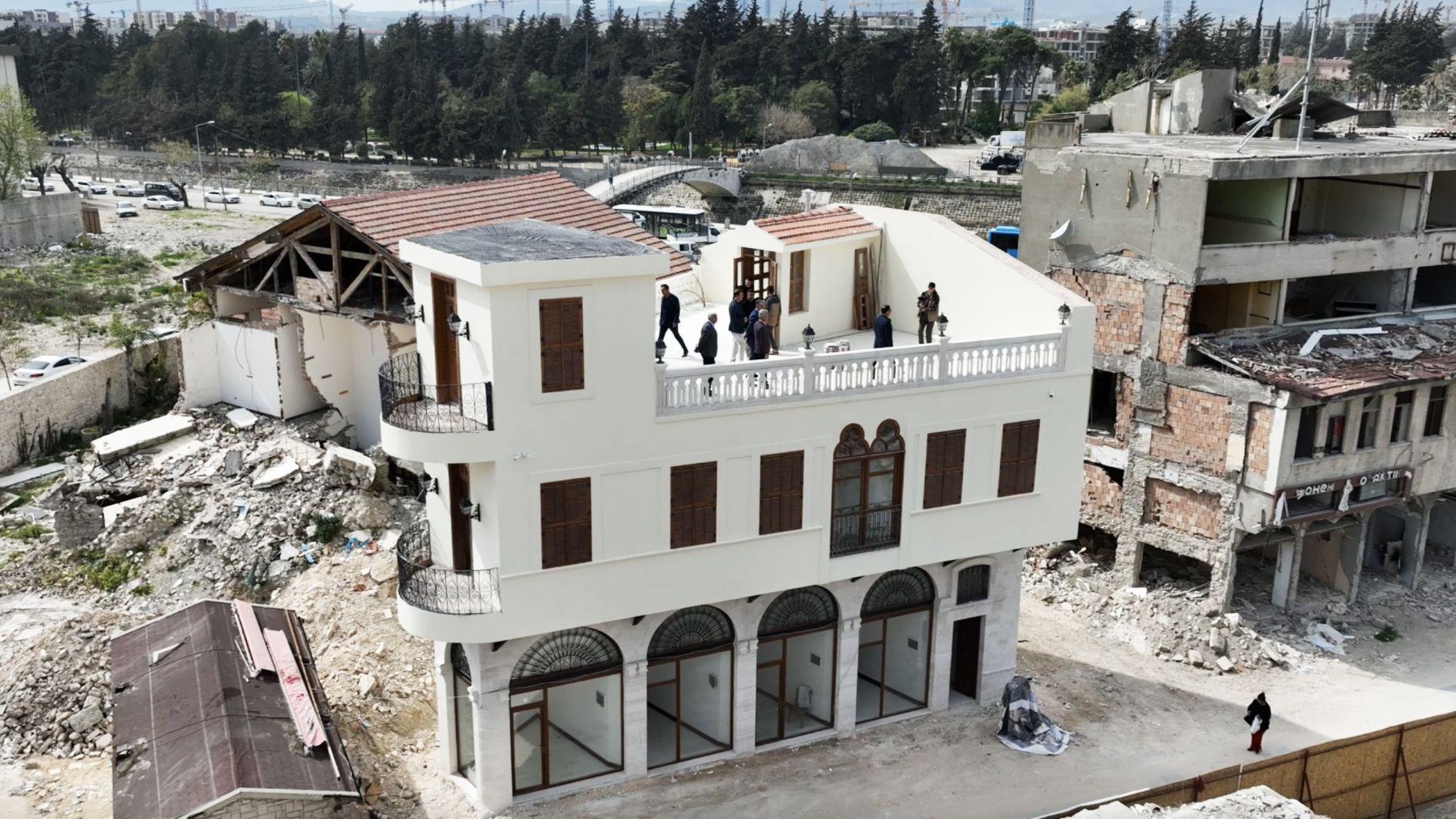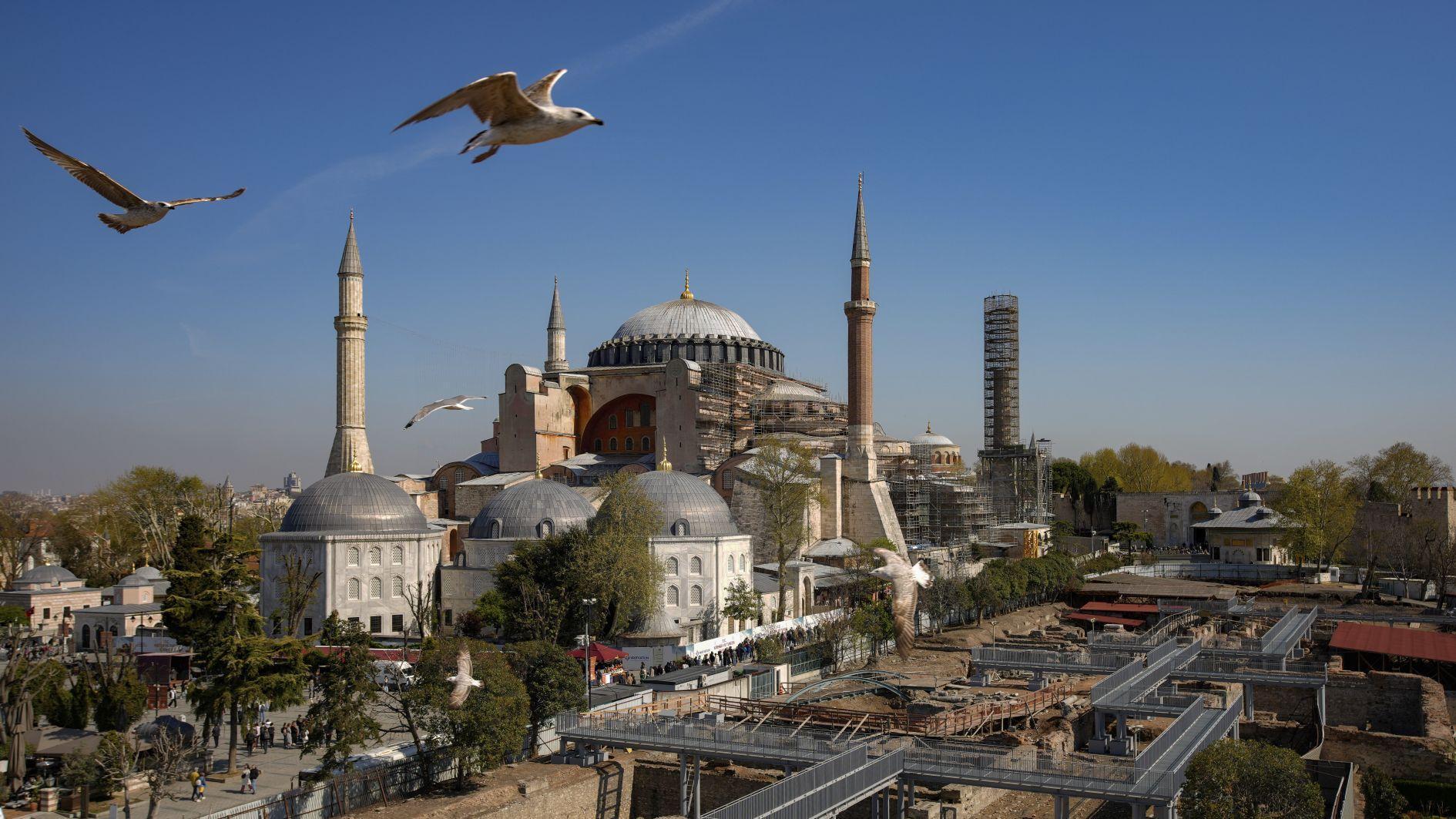Xanthos mosaics unprotected
ÖMER ERBİL

The mosaics in the ancient city of Xanthos in the southern province of Antalya’s Kaş district, are now unprotected. The magnificent mosaics had a water-resistant geotextile barrier during the time of the former president of excavations. But as the barrier eroded, the mosaics are now exposed to the elements of nature. Without any protective layer, small pieces of mosaic crumble and scatter around. The depictions on the mosaic are gradually vanishing.
Located close to the village of Kınık, the ancient city of Xanthos entered the UNESCO World Heritage list in 1988. French archaeologists led excavations at the site between 1952 and 2010. Since then, Professor Burhan Varkıvanç of the Mediterranean University has overseen the excavations.
Xanthos was one of the biggest administration centers in Lycia. Legend says that the city’s women and children were set on fire in 545 B.C. to prevent capture by the Persians, and the men fought until they were killed. Later, the city was under Roman rule and was abandoned after the Arab raids in the seventh century.
Our recent visit to the ancient city, which is known for its unique artwork, was striking. We witnessed visitors walking around the magnificent mosaics at the base of the agora (the bazaar), and the tesserae (small stones forming the mosaic) were cut off and mosaic depictions were lost.
There was no protection measure. Previously covered by the geotextile (a water-resistant yet breathable material that balances the temperature), the mosaics are now exposed and come to the surface as this material is increasingly torn.
The mosaic pieces and the stone chips were mixed together in the area, and they began to disappear. There was neither a barrier nor a warning sign to prevent people from walking on the mosaics. Some people even said they were taking pieces of the tesserae as souvenirs.
Former head of excavations Professor Jacques des Courtils of Bordeaux University said the following about the mosaics at a meeting in 2009:
“Studies were carried out to consolidate the small parts of the mosaics, which are located at various points of the city and needed urgent intervention. These works are intended to be seen by the visitors instead of covering the mosaics. The mosaics that have been restored will be exhibited during the tourism season and will be covered in winter.”
In nearly 10 years, this cover began to wear and could not protect the underlying mosaics. The head of the excavation and the Ministry of Culture should take immediate measures for this situation in the ancient city, which is on the UNESCO World Heritage List.
The remains in the ancient city of Xanthos were first examined by Charles Fellows in 1838. He smuggled the site’s important architectural findings to London. All of these works are on display today at the British Museum in London. Among the most important smuggled artifacts are the Pavaya Sarcophagus and the Nereid and Harpi monuments. The Antakya Museum also displays many artifacts from the ancient city.
















